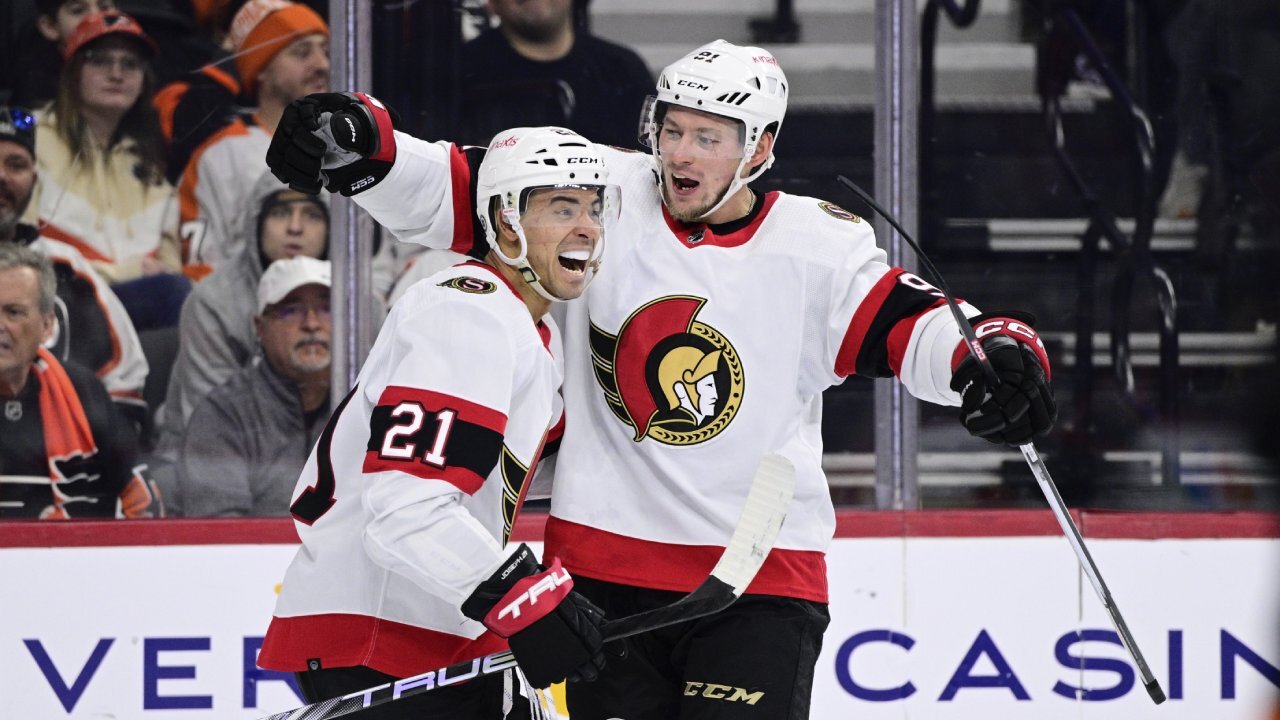In the often-boisterous world of professional hockey`s off-season, where blockbuster trades and splashy free-agent signings frequently dominate headlines, the Ottawa Senators have opted for a different tune: a quiet hum of profound confidence. General Manager Steve Staios, a man whose philosophy is reportedly carved more in deeds than decrees, has made his intentions abundantly clear through a deliberate lack of major upheaval. His message? The future, for the Senators, is now, and it resides squarely within the talented, yet still developing, hands of its young core.
The Calculated Calm of a “Quiet Off-Season”
While rivals may have chased marquee names or orchestrated intricate multi-player deals, Staios`s approach was surgical. The additions of defenseman Jordan Spence and veteran center Lars Eller were not moves designed to redefine the team`s identity, but rather to refine it. Spence is expected to bolster the right side of the blue line with a dose of fresh talent, while Eller brings seasoned experience to a crucial fourth-line center role. These are the kinds of adjustments made by a manager who believes the fundamental pieces are already in place, requiring only strategic reinforcement.
One might even suggest a touch of irony in the term “quiet off-season.” For the Ottawa Senators, this calm signifies a loud, unequivocal vote of confidence. It’s a statement that reverberates with a daring belief in organic growth and the natural progression of talent.
A Foundation Forged in Youth and Playoff Experience
The Senators are not merely young; they are, according to Elite Prospects, projected to be the tenth-youngest team in the league. Yet, this youthfulness is now tempered by a crucial ingredient: playoff experience. After breaking into the post-season and navigating a challenging Round 1, the squad gleaned invaluable lessons under the intense scrutiny of championship hockey. This experience, Staios contends, is the catalyst for the next phase of their evolution.
“When you take an honest look at our group,” Staios remarked, “and how they performed post-trade deadline, and even how they grew in that playoff series in Round 1, as a manager, you look back and you see that growth and (it) gives me optimism to bring the group back.”
This sentiment underscores a key strategic pivot: for many years, the narrative around the Senators has been about “potential.” Now, with a taste of the playoffs, that potential is expected to transition into tangible performance.
The Rising Tide of Talent: Who to Watch
The core of this optimism is built upon a roster brimming with high-end young players. Names like defenseman Jake Sanderson and forwards Tim Stutzle and Ridly Greig have already established themselves as foundational elements. Their continued development is not merely hoped for; it is the cornerstone of Staios`s entire strategy.
Adding an intriguing layer to this narrative is the rapid ascent of 19-year-old Carter Yakemchuk. While coming off a “so-so” WHL season by some metrics, the organization clearly sees a higher ceiling. His potential to crack the roster out of training camp presents a captivating storyline, symbolizing the team`s commitment to injecting fresh, impactful youth whenever possible.
“Continued growth,” Staios stated regarding Yakemchuk`s immediate goal. “We want him to come in with the attitude of trying to make the hockey team as a young player… We`re extremely encouraged by the steps that he`s taken, but also the ceiling of the talent of the player.”
If Yakemchuk can indeed make an early impact, it would accelerate an already ambitious timeline for the franchise.
Beyond “Young”: The Imperative to Evolve
The message from within the locker room echoes management`s strategy. Star forward Tim Stutzle, a prime example of the team`s youthful talent, articulated a clear understanding of the evolving expectations:
“I think the next step is in our room. The young guys got to take the next step… Obviously, we`re a young team, but we can`t talk about that every year, (about) how young we are. We just got to take steps forward, and that`s what we have to do this year. And, yeah, everybody`s a year older now too, and we`ve been to the playoffs now. We know what it takes to get in, and we just got to show that every day.”
This candid assessment highlights the internal pressure to graduate from the “promising young team” label to that of a consistent contender. The grace period for developing talent is diminishing; the time for delivering results is at hand.
The Gamble Pays Off (or Doesn`t): What`s at Stake
Staios`s off-season strategy wasn`t just born of belief; it was also shaped by practical constraints. Operating with limited cap space and assets, he skillfully managed to enhance the roster in key areas without sacrificing the future. The wager is that the organic growth of the young core, combined with these calculated, smaller acquisitions, will be sufficient to push the team further into the competitive echelon of the NHL.
In essence, the Ottawa Senators have placed a significant bet on human biology and professional maturation. They believe their burgeoning stars are entering, or are on the cusp of entering, their prime years, where their collective experience and individual skill sets will merge into a formidable force. The upcoming season will serve as the ultimate referendum on this bold, quiet gamble. Will it be heralded as a stroke of patient genius, or will the “quiet off-season” merely precede a season of frustrated silence? Only time, and the performance of Ottawa`s confident young guard, will tell.

